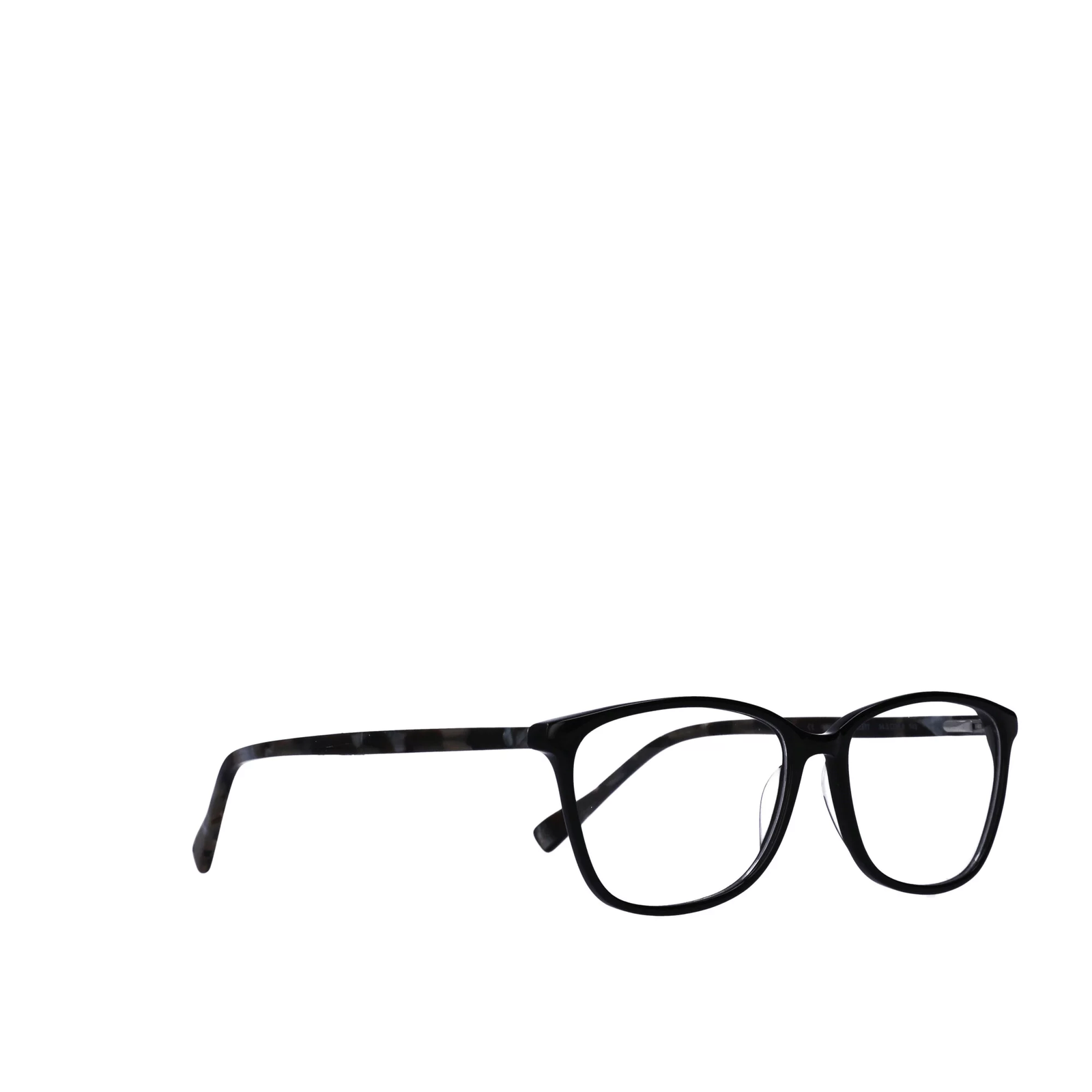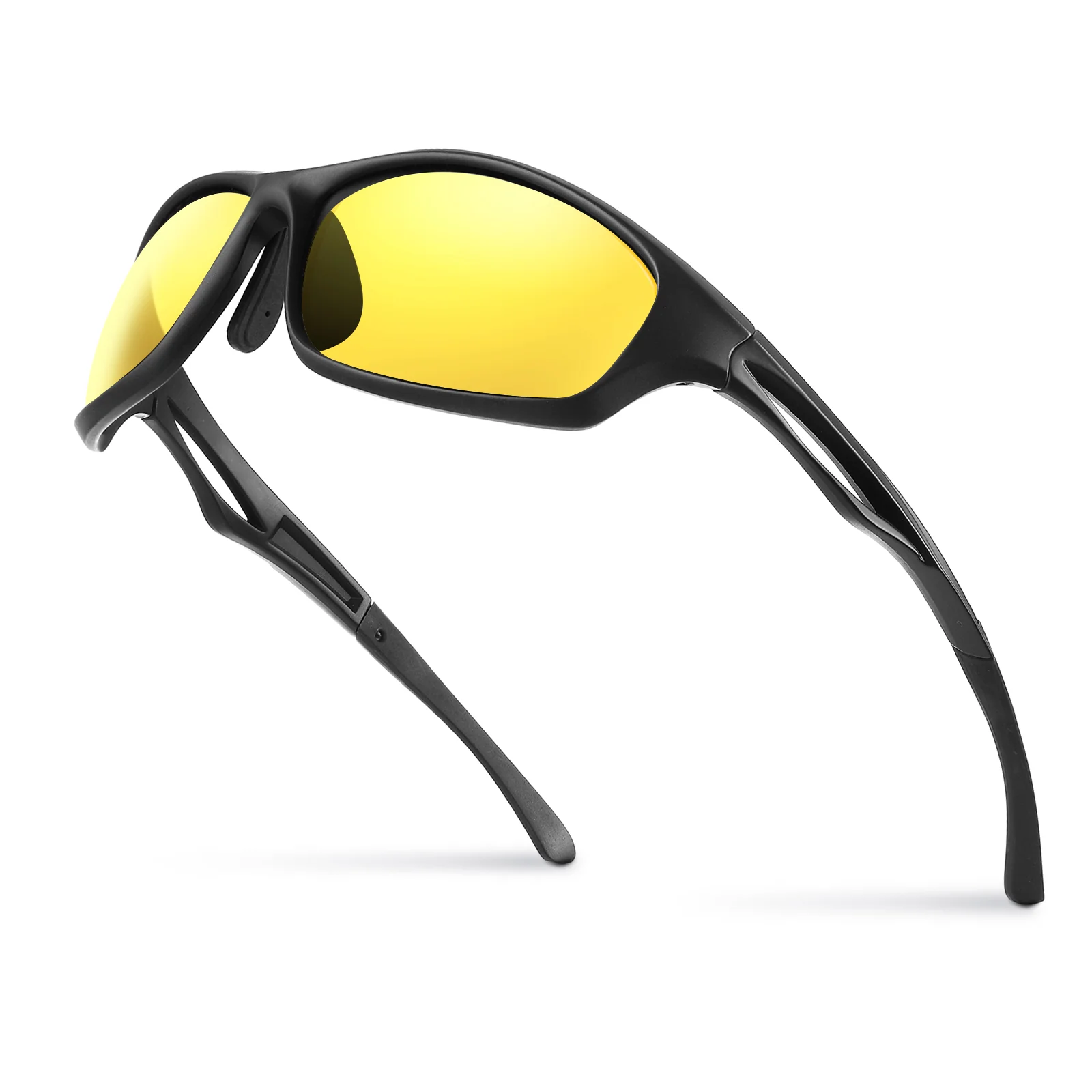Subtotal: $34.78
Eyewear for Crystal Clear Vision and Trendy Style
Premium Glasses for Your Vision Health
How do you choose the right glasses?


Selecting the right eyeglasses for vision correction can seem overwhelming and time-consuming, often leading to delays in purchasing or replacing your old pair. To make this process easier, we’ve put together essential guidelines for choosing eyeglasses, so you can move forward with confidence without further postponing your visit to a qualified optician.
Step 1: Obtain Your Eyeglass Prescription
Begin by getting a prescription from an ophthalmologist, which details the specifications for both your right and left eyes, along with the necessary corrections. Although prescriptions do not expire, it’s advisable to have your vision checked every six months to keep up with any changes.
Step 2: Choosing Eyeglass Frames
The frames you select affect both the appearance and comfort of your glasses.
Frame Materials:
– Metal: Less common these days, metal frames are adjustable to fit your face’s contours. They are durable and less prone to noticeable scratches.
– Plastic: Popular for its lightweight feel, plastic frames are easy to adapt to and come in a variety of shapes and colors. High-quality plastic is important as poor-quality options may dry out or break over time.
Frame Types:
Frames should suit your prescription. Rimmed frames are often better for stronger prescriptions as they hide thicker lenses.
Frame Size:
Comfort and effective vision correction depend on the size of your frames. Larger frames may slide down frequently, while smaller ones might cause discomfort or leave marks on the nose and ears, especially with prolonged wear.
Design Considerations:
– Color: Choose a frame color that complements your eye and skin tone to enhance your overall look. For example, green-eyed individuals might opt for green or contrasting tones like orange, while warm colors suit darker skin tones and cooler tones work well with lighter complexions.
– Style: Consider your wardrobe and lifestyle. Thin or rimless frames are ideal for a professional appearance, while bold, embellished frames can add a touch of flair to casual outfits.
Brand Preference:
Functionality is key, but branded frames from collections like Gucci, Saint Laurent, Balenciaga, Caroline Abram, Cartier, and Chopard offer stylish options that align with current fashion trends.
Step 3: Selecting Lenses
Refraction Index:
The refraction index affects lens thickness. Higher indices create thinner lenses, suitable for high or low prescriptions while maintaining frame style.
Lens Materials:
– Glass: Scratch-resistant but heavier, making it more noticeable with higher prescriptions.
– Polymer: Lightweight, durable, and resistant to breakage, making it a practical choice for most prescriptions.
Lens Shapes:
– Spherical: Standard lenses with a smooth curve, suitable for mild nearsightedness, farsightedness, and minor vision issues.
– Aspherical: Lenses with multiple surfaces for clear vision across the entire lens area, including peripheral vision. These minimize distortions seen in standard lenses with higher prescriptions.
By following these guidelines, you can choose eyeglasses that not only correct your vision effectively but also match your style and comfort needs.








